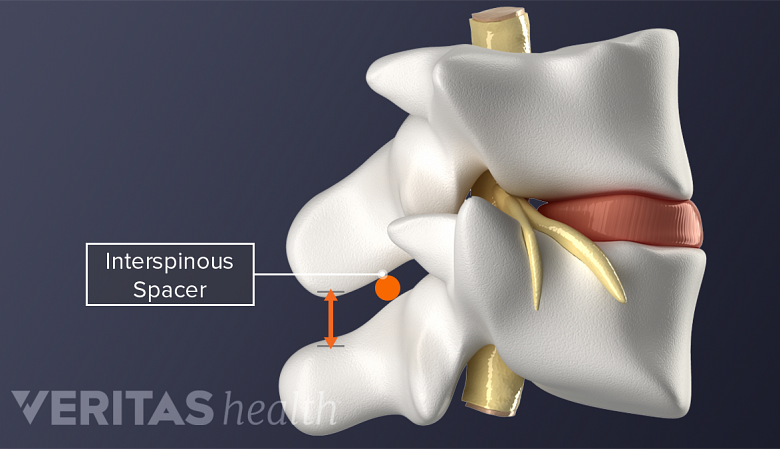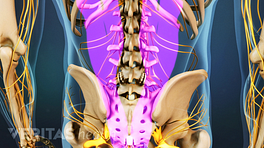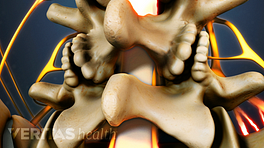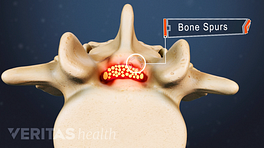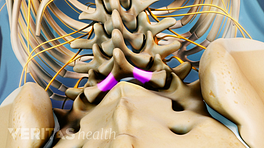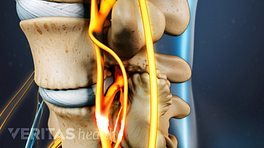In lumbar spinal stenosis, compression of the spinal nerve roots in the lower back can cause pain. If the symptomatic stenosis area localizes to a few spots, modern minimally invasive spinal surgery techniques can be used to perform a focused decompression of the specific areas of stenosis.
Learn more: Lumbar Spinal Stenosis
Similar to the process for lumbar discectomy, fluoroscopic guidance can be used to localize the area of stenosis. By use of small retractors, tubular retractors, and magnification, the surgeon can precisely remove the bone spurs and hypertrophic, or enlarged, ligaments causing the stenosis with minimal disruption of other spine structures.
See Lumbar Spinal Stenosis Surgery Options
While the longer-term effects of minimizing the soft tissue dissection may not be completely understood, clinicians are hoping the minimal soft tissue disruption will also reduce the chances of developing laminectomy-related spinal instability patterns.
Outpatient lumbar decompression techniques reduce the surgical exposure, while achieving the removal of the spinal stenosis-causing structures. For the carefully selected patient, there is a high level of satisfaction, with minimal added risk with the outpatient process. 1 Lee MJ, Kalfas I, Holmer H, Skelly A. Outpatient surgery in the cervical spine: is it safe? Evid Based Spine Care J. 2014;5(2):101-11
See Lumbar Laminectomy Surgery for Spinal Stenosis (Open Decompression)
In This Article:
- Outpatient Spine Surgery Considerations
- Lumbar Discectomy Outpatient Spine Surgery
- Outpatient Lumbar Laminectomy or Laminotomy
- Outpatient Posterior Cervical Foraminotomy and Discectomy
- Outpatient Anterior Cervical Discectomy and Fusion (ACDF)
- Outpatient Lumbar Fusion
- Pain Management After Outpatient Spine Surgery
Lumbar Interspinous/Intralaminar Spacers: A Limited Option
Interspinous spacers create space between spinal processes, enhancing stability.
Some surgeons will offer lumbar interspinous/intralaminar spacer devices to indirectly decompress and relieve foraminal and central canal stenosis or to augment a decompression procedure for stability. Using similar targeting and dissection techniques as lumbar discectomy, the goal is to minimize trauma to the tissues.
To have the procedure as an outpatient, the surgery should be limited to one or two levels of the spine. Appropriate use of local anesthetic agents minimize the initial incisional pain, and a carefully selected patient can go home after these types of lumbar surgery.
See Laminectomy and Spinal Stenosis: Risks and Complications
- 1 Lee MJ, Kalfas I, Holmer H, Skelly A. Outpatient surgery in the cervical spine: is it safe? Evid Based Spine Care J. 2014;5(2):101-11

